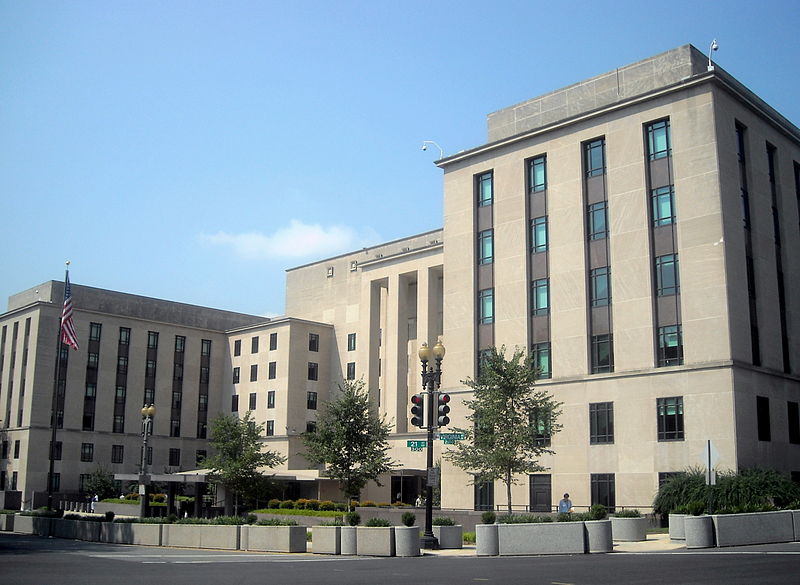Linda Hunt's "Secret Agenda" elaborates on Project Paperclip, the U.S. government's secret recruitment of Nazi scientists
- Project Paperclip, a secret U.S. intelligence program, brought over 1,600 German scientists and their families to the U.S. post-World War II, many with direct ties to Nazi war crimes, raising questions about moral compromise and national security.
- Linda Hunt's book, "Secret Agenda," reveals the extensive political and ethical complexities of Project Paperclip, including the systematic alteration of records to conceal scientists' involvement in war crimes, in defiance of President Truman's orders.
- Despite the ethical costs, German scientists played crucial roles in advancing U.S. technology, including developments in jet planes, rocketry and space exploration, highlighting the tension between scientific progress and moral integrity.
- The project involved unethical experiments on U.S. soldiers, similar to those conducted in Nazi concentration camps, and the U.S. government went to great lengths to conceal the true nature of Project Paperclip, including legal battles to prevent the release of documents.
- The legacy of Project Paperclip is marked by enduring secrecy, the glorification of Nazi science and the haunting question of how many war criminals were shielded. It serves as a critical reminder of the need for transparency, accountability and ethical decision-making in national security matters.
In the aftermath of World War II, as the world grappled with the horrors of the Holocaust and the fall of the Third Reich, a covert operation was underway that would shape the future of American science and technology. Project Paperclip, a secret U.S. intelligence program, brought over 1,600 German scientists and their families to the United States, many of whom had direct ties to Nazi war crimes. This operation, shrouded in secrecy and deception, raises profound questions about moral compromise and the lengths to which a nation will go in the name of national security.
The story of Project Paperclip is meticulously detailed in Linda Hunt's groundbreaking book, "
Secret Agenda: The United States Government, Nazi Scientists and Project Paperclip 1945 to 1990." Hunt's investigative journalism, bolstered by the Freedom of Information Act, peels back the layers of secrecy surrounding this controversial project, revealing a complex web of political maneuvering and ethical dilemmas.
As the guns of World War II fell silent, the U.S. government recognized the strategic value of German scientific expertise. The Soviet Union was also vying for these scientists, and the U.S. was determined to secure them first. Project Paperclip, initially a short-term operation, evolved into a massive, long-running effort that lasted until 1973. The project's scope was so significant that by 1956, an American ambassador described it as "a continuing U.S. recruitment program which has no parallel in any other Allied country."
The U.S. government's promotion of Project Paperclip as a limited, post-war operation was a facade. In reality, the project involved a systematic effort to bring Nazi scientists to America, often by altering or expunging their records to conceal their involvement in war crimes. This was a direct defiance of President Harry Truman's order to exclude ardent Nazis from the program. The officers running Paperclip justified their actions by arguing that the "best interests of the United States" outweighed concerns about Nazi records, a stance that prioritized anti-communism over ethical considerations.
Project Paperclip undeniably contributed to significant scientific advancements. German scientists played crucial roles in developing
jet planes, rocket technology and even the moon rockets that would later carry American astronauts to the lunar surface. However, these achievements came at a steep moral cost. Some of the scientists brought to the U.S. were involved in horrific experiments, including the development of nerve gas and psychochemicals like LSD. At Edgewood Arsenal, Maryland, American doctors used Nazi science as a basis for conducting Dachau-like experiments on over 7,000 U.S. soldiers, a dark chapter that underscores the ethical compromises made during the Cold War.
The legacy of Project Paperclip is one of enduring secrecy and deception. The U.S. government
went to great lengths to conceal the true nature of the project. For example, the U.S. Army Materiel Command initially tried to charge Hunt $239,680 in "search fees" to access documents and even denied the existence of certain records. After a year of legal wrangling, the documents were finally released, revealing the extent of the government's efforts to hide the truth.
One of the most notorious cases is that of Arthur Rudolph, a retired NASA rocket engineer who left the country in 1984 to avoid war crimes charges. His case attracted a bizarre array of defenders, including a U.S. congressman with alleged organized crime connections. The question of how many more individuals like Rudolph remain hidden continues to haunt the legacy of Project Paperclip.
The denial of Project Paperclip's dark past persists. The U.S. Air Force published translations of the Germans' wartime research in two volumes, glorifying the Nazis and ignoring the lessons of Nuremberg. These volumes contained heavily censored versions of the Nazi scientists' work, with no mention of their affiliations or the crimes they committed.
Moving forward, people must hold their institutions accountable and demand transparency and ethical decision-making
in all matters of national security. The shadows of Project Paperclip serve as a stark reminder of the importance of vigilance and the need to balance progress with moral integrity.
Watch this video about Linda Hunt's book, "Secret Agenda: The United States Government, Nazi Scientists and Project Paperclip 1945 to 1990."
This video is from the
BrightLearn channel on Brighteon.com.
Sources include:
Brighteon.ai
Brighteon.com
 Parler
Parler Gab
Gab











